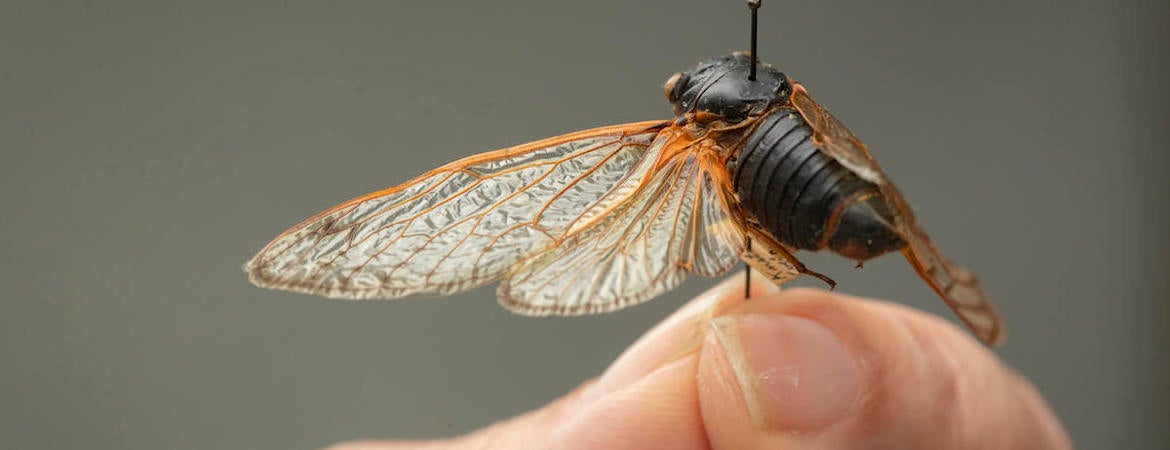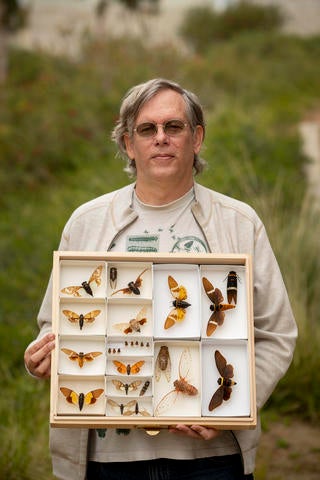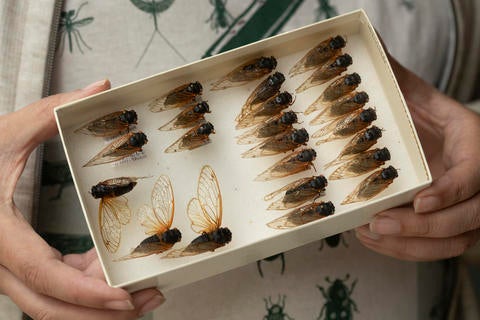
The Eastern U.S. is about to see something that hasn't happened since the final episode of Friends aired on NBC: massive swarms of Brood X cicadas.
Billions of the red-eyed, black-bodied insects are taking to the skies after 17 years underground, buzzing loudly to attract mates before they die. Not only is the spectacle of periodical cicadas unique in this country — it’s unique in the world, and biologists don’t really know why it happens.
“It’s one of nature’s unsolved mysteries,” said Doug Yanega, senior scientist at UC Riverside’s Entomology Research Museum. “This is something that’s globally unique. You can’t see it anywhere else in the world. It’s a weird spectacle of nature.”
There are thousands of cicada species, living everywhere in the world except Antarctica. Yet, for reasons that are not well understood, only seven species from the Eastern U.S. emerge en masse after nearly two decades underground, including the three species emerging in this year's Brood X event.
While there is an emergence of a 17-year brood somewhere in the region in 12 years out of every 17, Brood X is the largest such event, covering by far the widest area, and getting plenty of attention.
Despite an encyclopedic knowledge of insects, Yanega is impressed by the phenomenon.
Scientists know that four eastern cicada species have a 13-year-long life cycle and three others have 17, and that most of this time is spent underground. Beyond that, not much is understood about this or, more generally, about other types of cicadas.
Theories as to how and why these species emerge in intervals based on prime numbers involve the avoidance of predators, avoidance of crossbreeding, and possible genetic bottlenecks dating back to the recession of major glaciers covering the region. However, Yanega said the theories don't exactly lend themselves to being tested.
The challenges their habits pose for researchers are considerable. Imagine if the mystery you were trying to solve could only yield clues every 17 years. Or if you didn’t even know exactly how far underground your subjects were buried.
“They feed on the dilute nutrients in water flowing through tree roots, but we can’t watch them doing that. No one is going to put a camera on a tree root and watch it for more than a decade,” Yanega said.
“The face of a cicada is a big bulge, containing a mass of muscles used to pull water out of root tissue,” he said. “Nothing else passes through them except this diluted water, which is probably why they take so long to develop.”
Since they’re difficult to study, and they aren’t considered dangerous to humans or plants, few entomologists specialize in cicadas. Therefore, details about them are likely to remain somewhat mysterious, at least for now.
But for the next month or two, people in parts of 15 states, ranging from Michigan and Illinois to Georgia and New York can enjoy their noisy, unusual show. The next emergence will be Brood XIII in 2024, limited to Northern Illinois and adjacent areas.





